Phylum is the taxonomic category above Order and below Kingdom
A phylum is more specific than a kingdom, like animalia, but more general than a Order such as Primata. The idea of a phylum (plural phyla) is to create a compartmentalized group within a kingdom that contains a much more specific set of characteristics than the entire Kingdom represents. There are over 30 phyla in the kingdom animalia alone, grouped according to common specific characteristics.
Chordata
As a human being, you belong to the phylum Chordata--this phylum contains all of the vertebrate animals (this includes fish, birds, reptiles, amphibians, and mammals) and some invertebrate animals as well. All members of Chordata share specific structural characteristics, such as a notochord--a cartilaginous rod running underneath and supporting the animal's nerve cord. Remember, all members of Chordata are also animals, since Chordata is a phyla within the kingdom Animalia.
Here are some examples of Chordata, including tunicates, the invertebrate Chordata commonly known as "sea squirts:"

Some other examples of Chordata:
- Reptiles
- Amphibians
- All Vertebrate Animals
- Lancelets
- Ascidians
- Dinosaurs
- Lampreys
- Coelacanths
Arthropoda
Arthropoda are invertebrate animals having an exoskeleton, a segmented body, and jointed appendages. Arthropods have jointed limbs and cuticle made of chitin. The arthropod body is made up of segments, each having a pair of appendages. Arthropods replace their rigid cuticle periodically by molting. There are over a million known species of arthropods, which makes up more than 80% of all described living animal species. Arthropods are incredibly versatile animals and can thrive in harsh environments where other animals cannot exist.
Here is a very striking example of an arthropod, the Japanese spider crab:
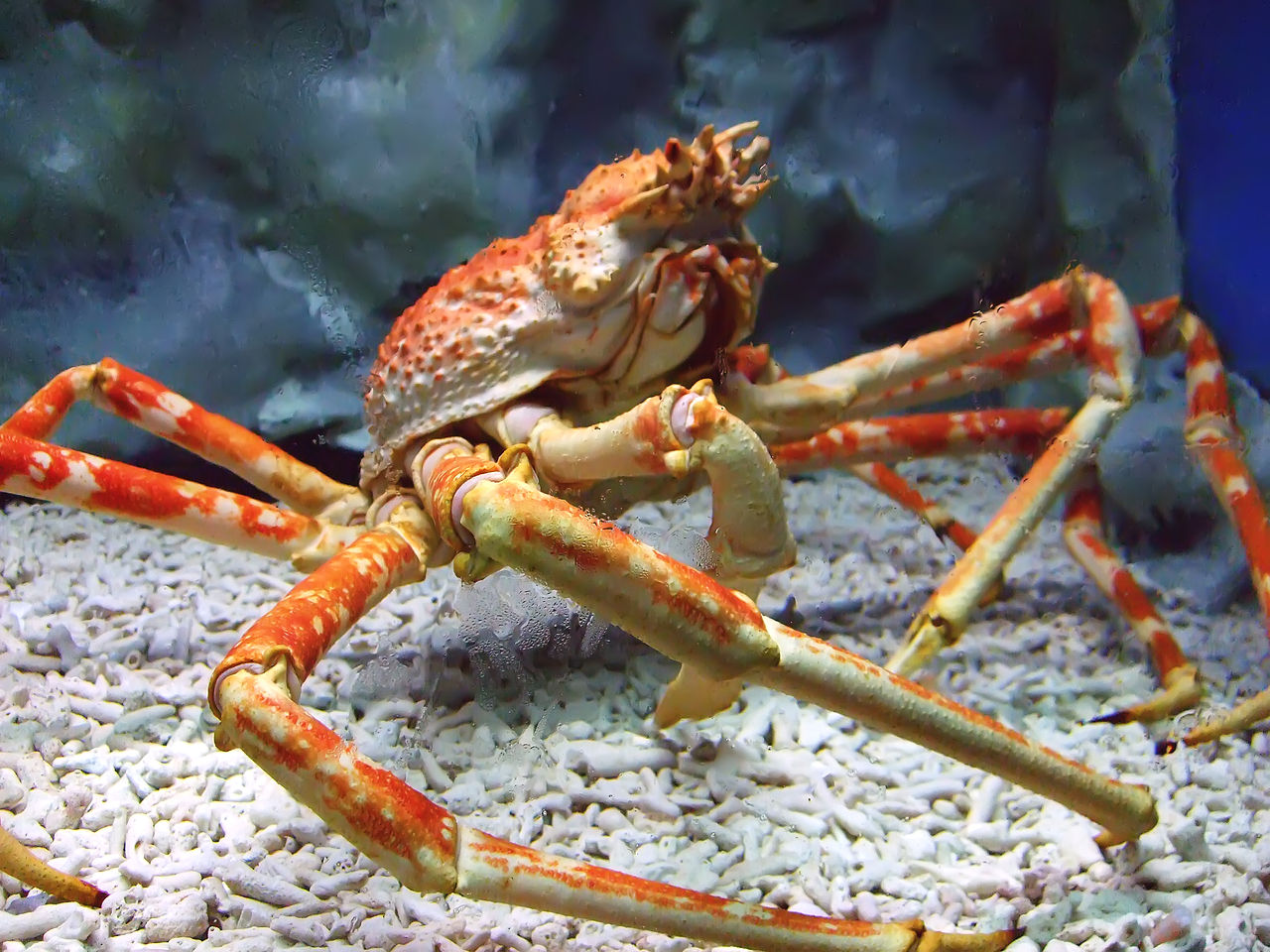
Some other examples of Arthropoda:
- Crabs
- Butterflies and Moths
- Scorpions
- Millipedes
- Trilobite
- Spiders
- Shrimps
- All Insects
Mollusca
Mollusca is another phyla within the kingdom Animalia. It is one of the largest phyla and is composed of many diverse organisms. All animals in mollusca have a soft body, but some inhabit a hard outer shell such as the snail. These animals exhibit bilateral symmetry and have a body structure comprised of three parts.
The Caribbean Reef Squid is a Mollusca:
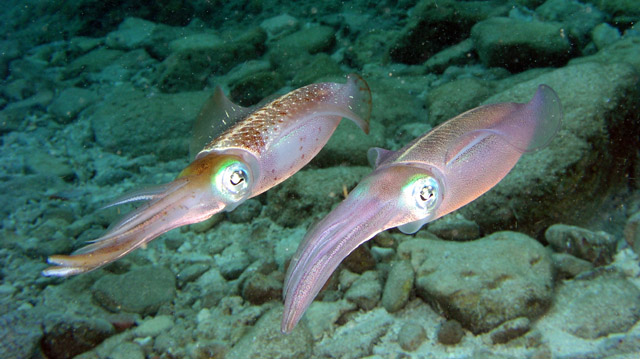
Some other examples of Mollusca:
- Octopi
- Snails
- Oysters
- Squid
- Scallops
- Chitons
- Cuttlefish
Annelida
Annelida have long bodies that have segments which are divided externally by shallow rings. They exhibit bilateral symmetry. Annelida are commonly referred to as segmented worms. Many annelids are polychoaetes, meaning their bodies are covered in bristles. There are over 9000 known species of annelids.
The Earthworm is perhaps the most well-known annelid:
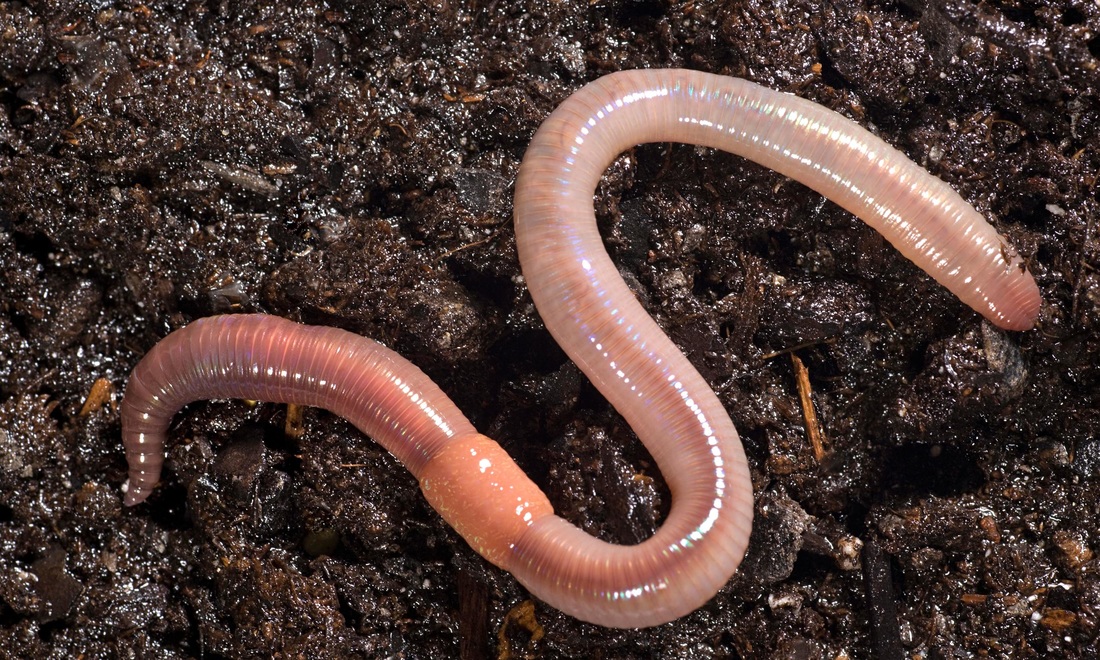
Some other examples of Annelida:
- Ragworms
- Leeches
- Polychoate worms
Porifera
Porifera are also known as sponges. Poriferans are characterized by their unique feeding system. These animals don't have mouths, but instead they have tiny pores in their outer walls which draw in water continuously. Cells in the spong walls take in nutrients from the water and pump it out other, larger openings. The sponge is lined with flagella which constantly move to stimulate the movement of water so that the poriferan can maintain its constant need for a supply of nutrients.
A colorful ocean sponge:
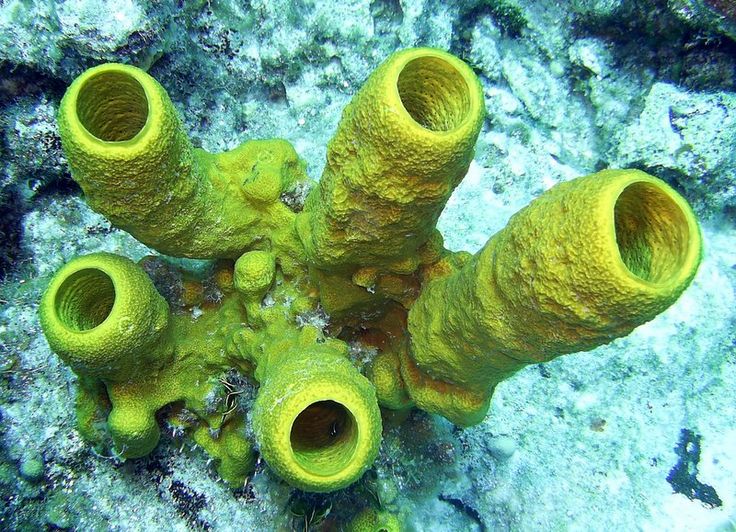
Echinodermata
Echinoderms are a phylum of marine animals featuring radial symmetry. Echinoderms feature a tiny system of internal water-filled canals, which for many of them allows them to move or grip objects with suckered feet.
A brilliantly colored starfish rests on the ocean floor:
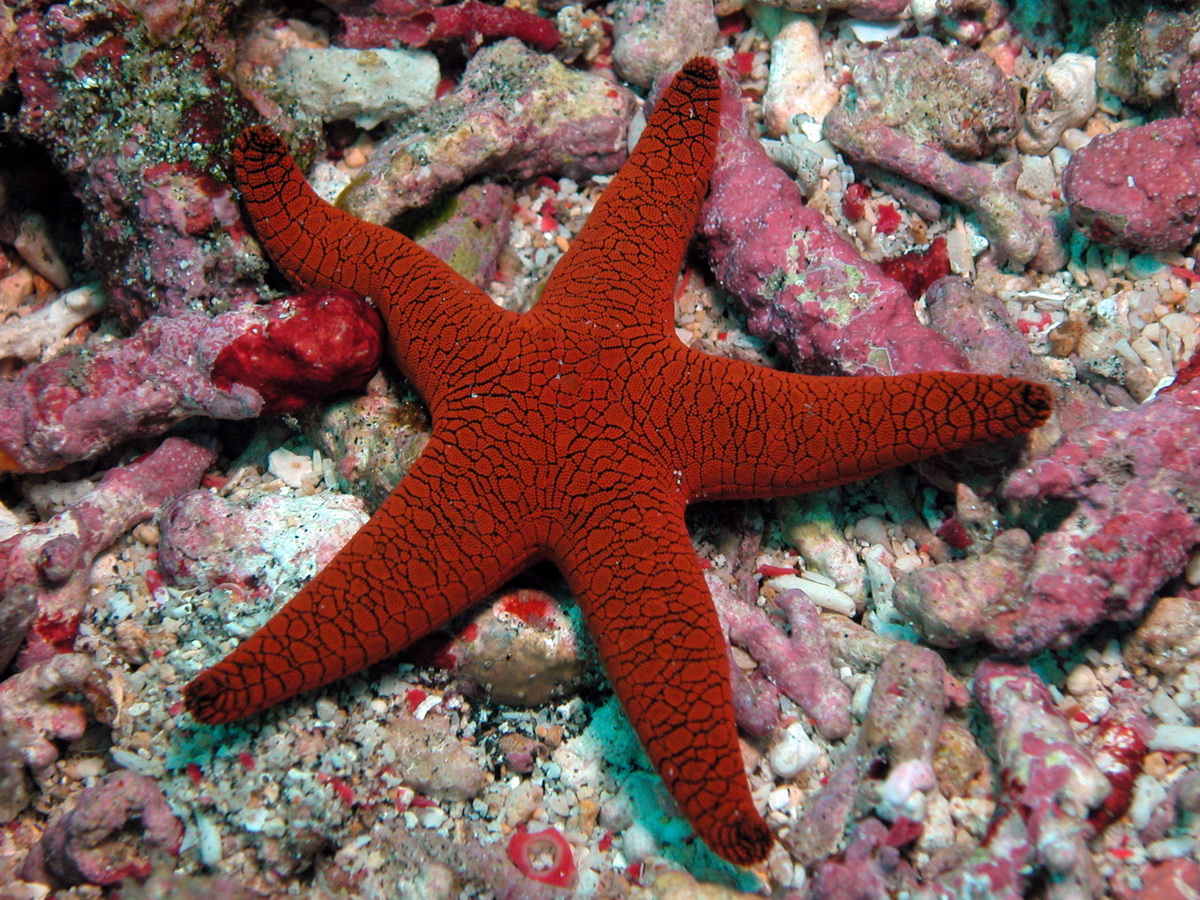
Some other examples of Echinodermata:
- Sea Urchins
- Sea Cucumbers
- Sand Dollars
- Brittle Star
- Crinoids